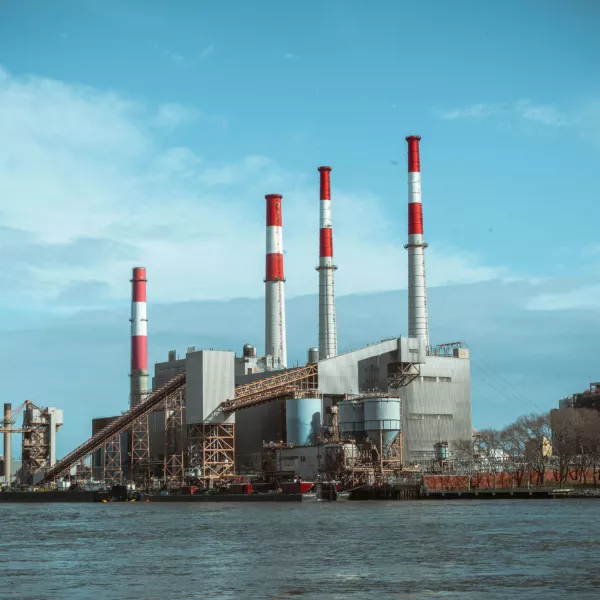Solving H2S odour nuisance at a biogas plant
Environmentally friendly electricity generation via biogas production is a growing, but it can be accompanied by some tough challenges, such as industrial odour control.
The Problem
A Scandinavian company specialises in constructing and operating biogas plants.
It built a new unit for an important industrial customer that ferments 300 000 tonnes of industrial biological waste per year. This results in an annual production of 8 million m³ biogas, or 1 000 m³ per hour.
The biogas is then upgraded to produce natural gas quality biomethane. After injection into the grid, the plant supplies energy to 5 000 homes. Production started at the end of 2018.
Amine scrubber technology is used to upgrade the biogas into biomethane. This produces an offgas stream of 2 000 m³/ hour, which is vented into the atmosphere.
However, the stream also contains 2 000 ppm of H₂S, which caused a major odour nuisance.
The contractor and co-owner of the biogas unit immediately began searching for a solution.
After testing a number of alternatives with no success, they turned to DESOTEC.


The Solution
We took up the challenge by installing two high capacity AIRCON HC-XL activated carbon filters within a week. These filters are suitable for treating large flows with high concentrations of compounds.
We analysed the offgas stream to determine the best type of activated carbon to fill the filter, which proved to be AIRPEL®Ultra DS-6. This is impregnated, enabling the adsorption of H₂S.
The Results
The filters are proving highly effective for industrial odour control: measurements taken at the filter outlet now show zero ppm of H₂S.
Excellent follow-up care is all part of our service here at DESOTEC. Once the filters are saturated, they’re exchanged immediately in a process that causes no production downtime at the biogas plant.
At DESOTEC’s facilities, all used carbon is analysed so the right measures can be taken for handling and removing the saturated carbon from the mobile filters. All molecules that were adsorbed onto the activated carbon at the customers’ sites are desorbed inside DESOTEC’s reactivation furnaces. These contaminants are then fully destroyed, in accordance with national and European legislation, by an incineration and neutralisation setup.
Our DESOTEC entire installation and its emissions are under continuous online monitoring, which guarantees that only harmless water vapour is seen exiting the chimney.
Contact DESOTEC today
To solve industrial odour nuisance issues at biogas plants or other sectors, contact us.
Get in contact!Contact DESOTEC today
To solve industrial odour nuisance issues at biogas plants or other sectors, contact us.
Get in contact!-
Industries we help
We partner with companies in a variety of sectors, adapting our modular filtration solutions to your unique needs. -
Our filtration solutions
We offer a wide range of filter models and carbon grades to suit your industrial water or air purification requirements. -
Odour control
Industries are at the heart of communities. By keeping the air smelling fresh, your company fosters good relations with the neighbourhood.


